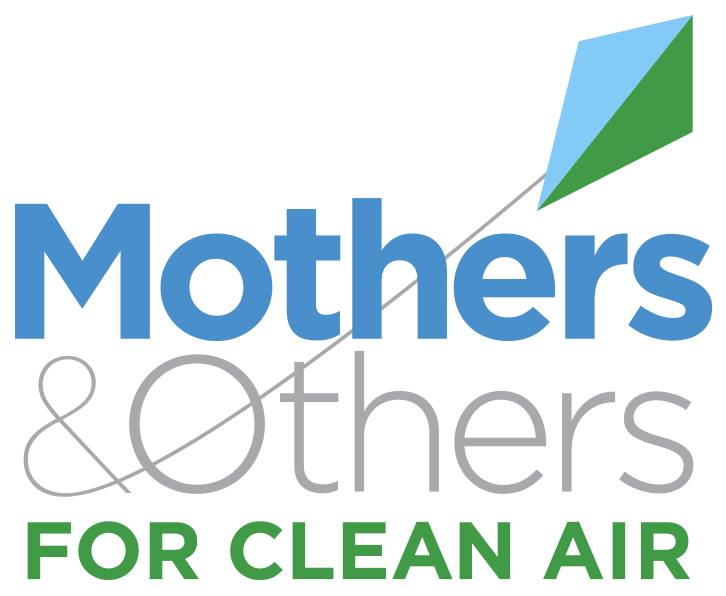Background: Inhaling fine particles (particulate matter with diameter ≤ 2.5 μm; PM2.5) can induce oxidative stress and inflammation, and may contribute to onset of preterm labor and other adverse perinatal outcomes.
Objectives: We examined whether outdoor PM2.5 was associated with adverse birth outcomes among 22 countries in the World Health Organization Global Survey on Maternal and Perinatal Health from 2004 through 2008.
Methods: Long-term average (2001–2006) estimates of outdoor PM2.5 were assigned to 50-km–radius circular buffers around each health clinic where births occurred. We used generalized estimating equations to determine associations between clinic-level PM2.5 levels and preterm birth and low birth weight at the individual level, adjusting for seasonality and potential confounders at individual, clinic, and country levels. Country-specific associations were also investigated.
Results: Across all countries, adjusting for seasonality, PM2.5 was not associated with preterm birth, but was associated with low birth weight [odds ratio (OR) = 1.22; 95% CI: 1.07, 1.39 for fourth quartile of PM2.5 (> 20.2 μg/m3) compared with the first quartile (< 6.3 μg/m3)]. In China, the country with the largest PM2.5 range, preterm birth and low birth weight both were associated with the highest quartile of PM2.5 only, which suggests a possible threshold effect (OR = 2.54; CI: 1.42, 4.55 and OR = 1.99; CI: 1.06, 3.72 for preterm birth and low birth weight, respectively, for PM2.5 ≥ 36.5 μg/m3 compared with PM2.5 < 12.5 μg/m3). Conclusions: Outdoor PM2.5 concentrations were associated with low birth weight but not preterm birth. In rapidly developing countries, such as China, the highest levels of air pollution may be of concern for both outcomes.
Published Apr 1, 2014
Fleischer NL, Merialdi M, van Donkelaar A, Vadillo-Ortega F, Martin RV, Betran AP, Souza JP, O´Neill MS. 2014. Outdoor air pollution, preterm birth, and low birth weight: analysis of the World Health Organization Global Survey on Maternal and Perinatal Health. Environ Health Perspect 122:425–430; http://dx.doi.org/10.1289/ehp.1306837
